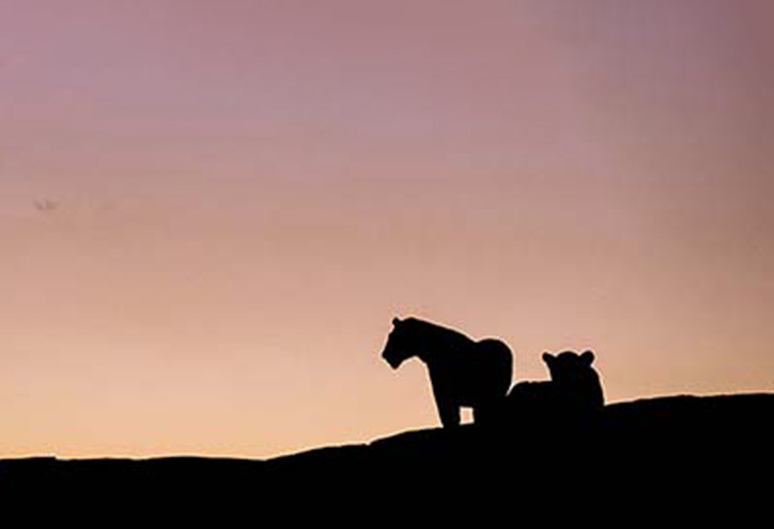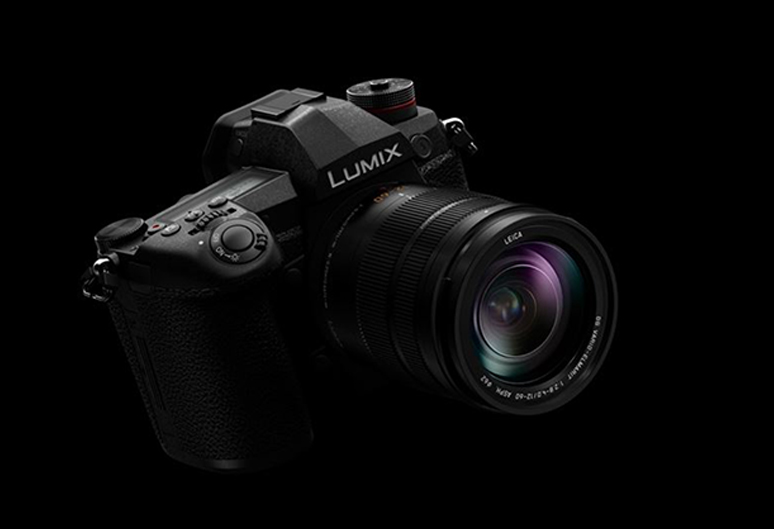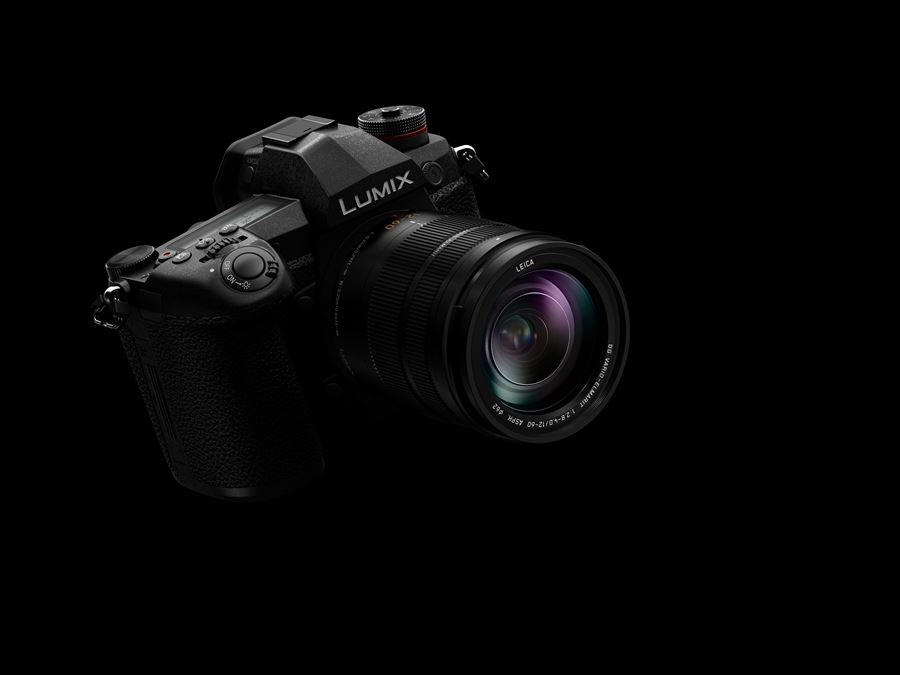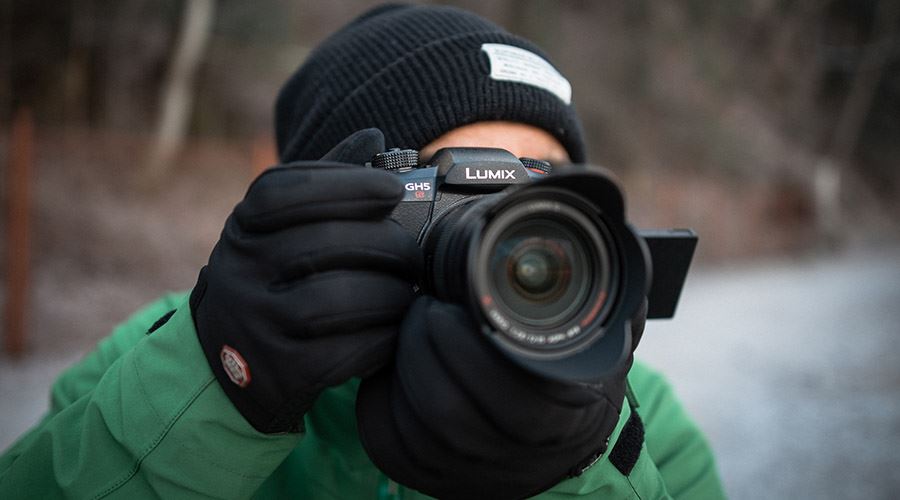Wildlife pro Chris Schmid tells us why his Alpha mirrorless cameras have changed the way he shoots the natural world.
The advantage of EVF
“One of the benefits of an electronic viewfinder,” says Chris, “is that the exposure you see in the EVF is what you’re going to get in the picture.” Chris always shoots in manual exposure mode, so the EVF has an added benefit – in tricky lighting, it means not only does he have total control, but also there is no need to shoot additional frames because of guesswork.
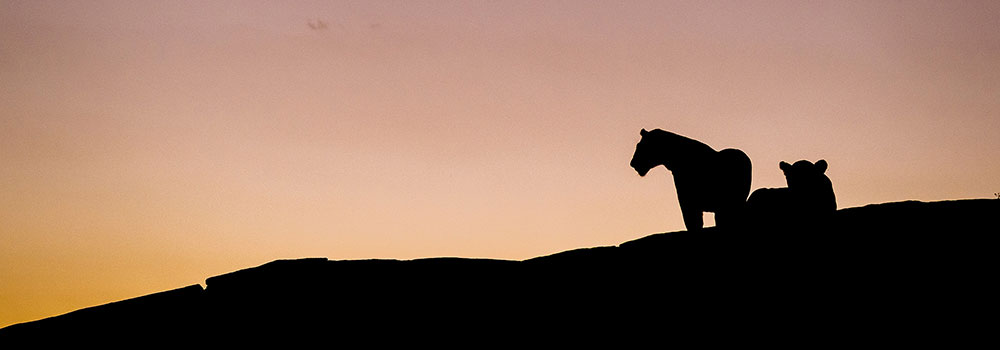
With old-fashioned optical viewfinders on DSLRs, there’s often guesswork involved which can put some photographers off working in manual mode, but with an EVF nothing is left to chance. “So when I’m shooting a subject that’s backlit, or in shadow,” says Chris, “I don’t need to shoot extra frames to get it right – I can concentrate on capturing the moment.”
Silent Shooting
“Sony’s Silent Shooting mode is perfect for me,” Chris tells us, “because even a small shutter noise can cause an animal to react”. Total silence means a more truthful image – it’s more natural and that’s when you know that you’re capturing the animal’s real behaviour.
“Last year I was photographing gorillas, and with the silent shutter it was an amazing experience. I could enjoy that moment without any noise from the camera, just hearing the birds, the wind, and with no intrusion on feeling. It was just perfect – a pure joy really.”
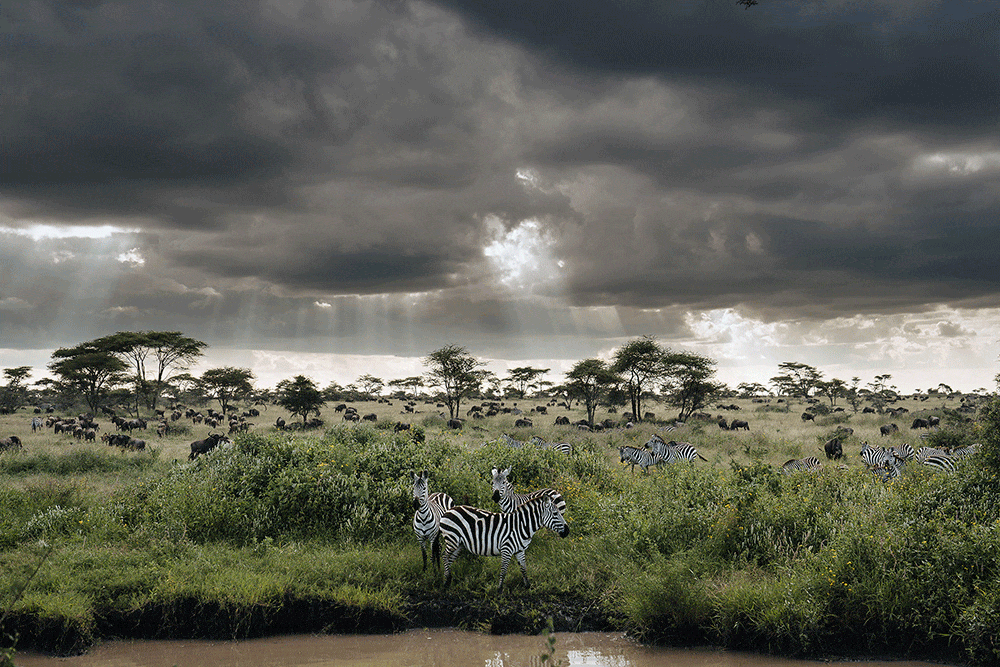
Image quality
“To shoot the way I do, you need a big dynamic range,” Chris explains “because I often like to capture the animal’s environment, rather than a straight portrait. When I compare the shots from my α9 and α7R III to cameras from even five years ago, it’s amazing. All the details in the highlights of skies or the shadows of the bush are much easier to retain.”
Something else Chris relies on from his Alphas is great noise performance at higher ISOs. He explains that, “because I’m shooting early or late in the day I often need to push the ISO, maybe to 1600 or more. It’s vital for hunting and other behavioural shots that take place at those times of day.”
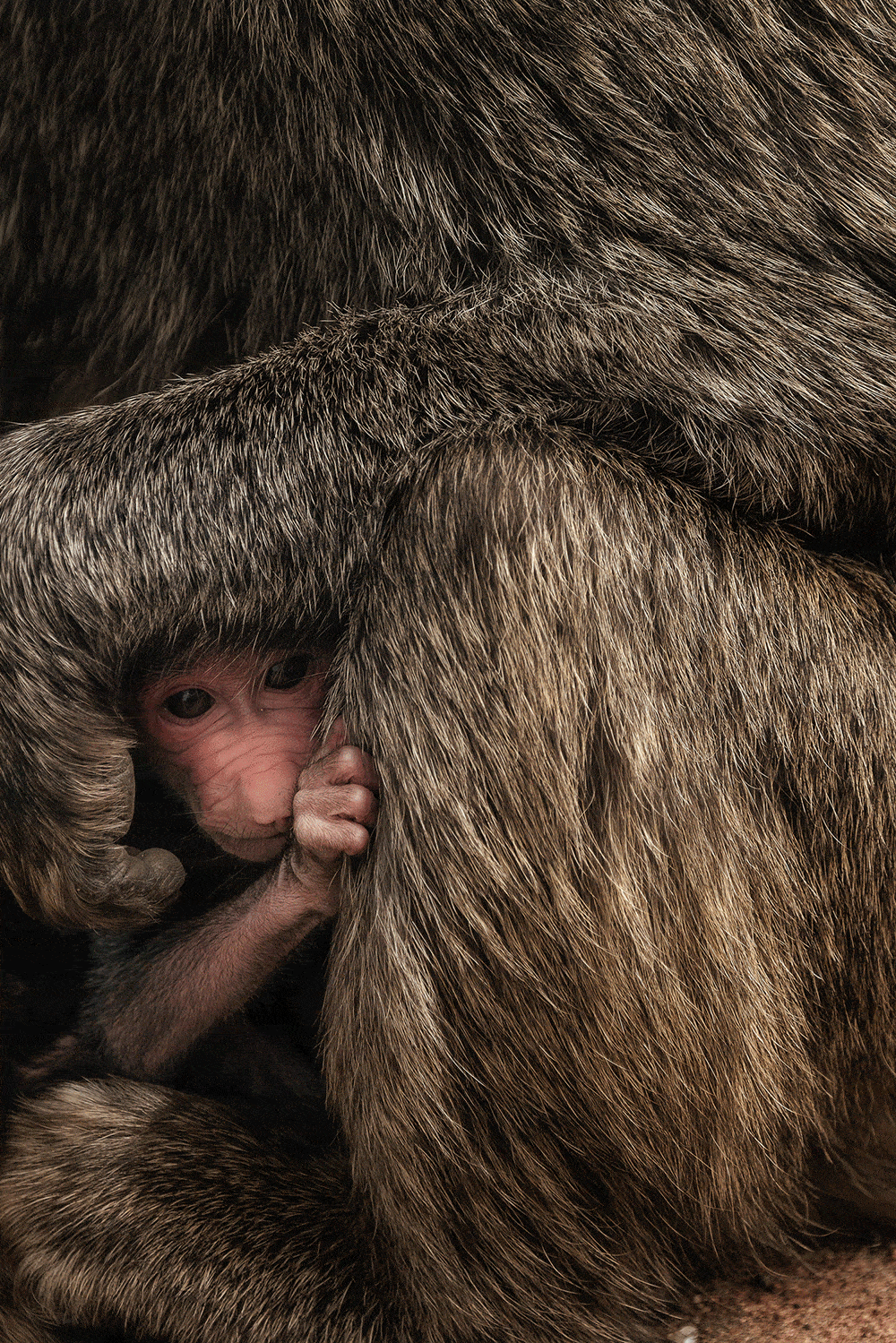
Fast, reliable focus
Moving subjects or those hidden by the environment need fast and accurate Auto Focus to find and follow them, because, as Chris says, “the magic is only there for a couple of seconds and you need to react quickly to catch it.”
Most of the time, he relies on the proven Continuous AF of his α9 and α7R III, using the tracking mode to follow an animal, and only switching occasionally to Single AF when an animal is static and he can place the focus point on the eye.
Even the Focus Peaking mode comes into play on some occasions: “If I’m shooting, say, a lion in the bush, the leaves and grass in front can confuse the focus, so if that’s the case I just switch to focus peaking in manual and can see clearly what’s sharp in the EVF. There’s something for every situation.”
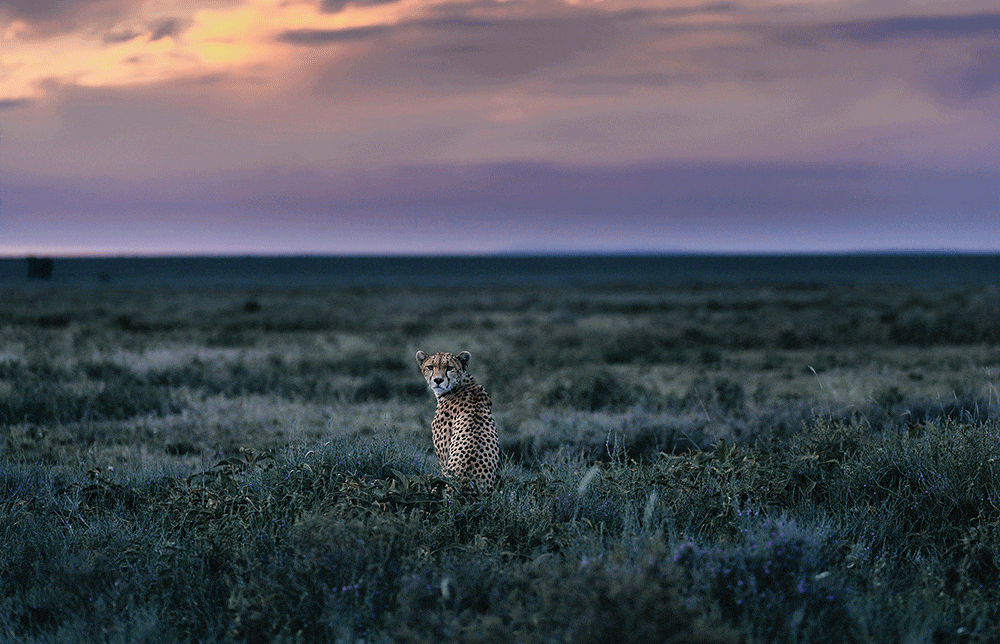
Chris is a Sony Europe Imaging Ambassador and you can see more of his work at www.sony.co.uk/alphauniverse

